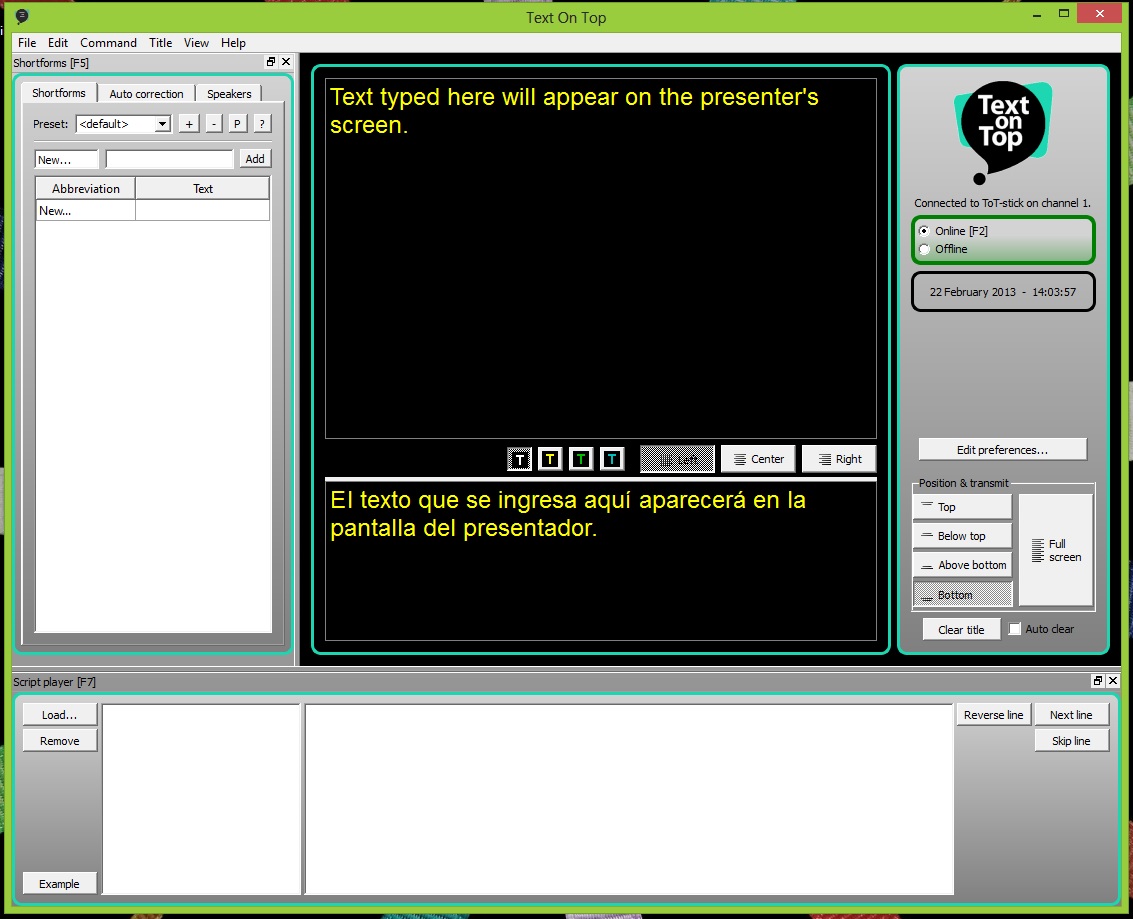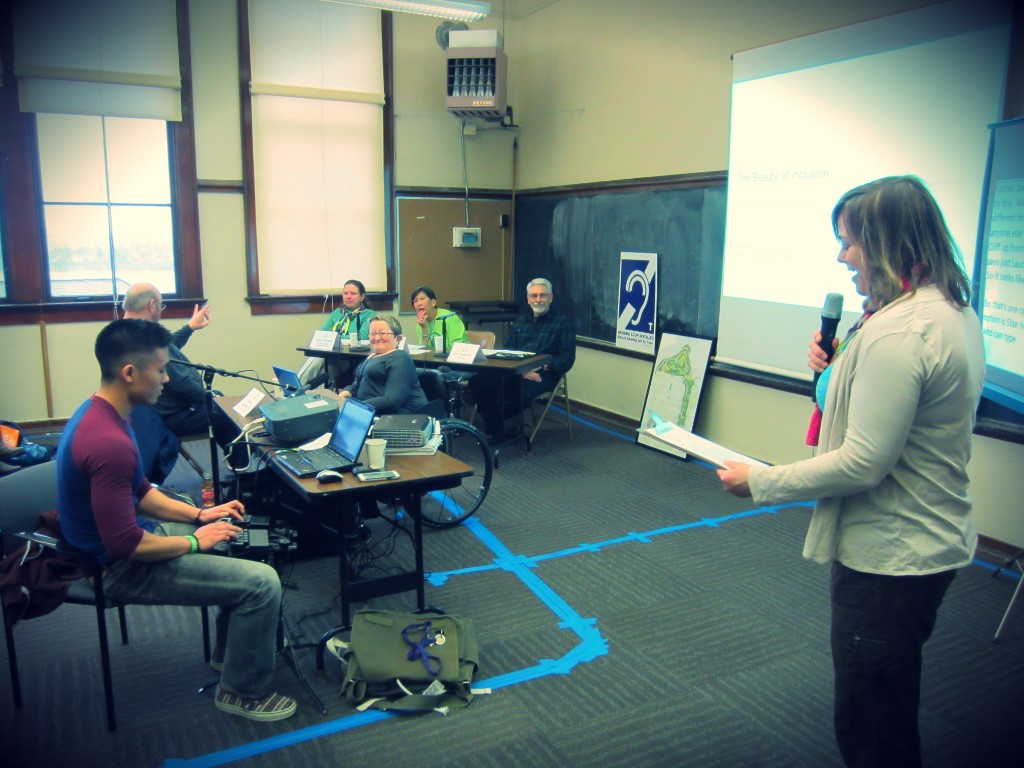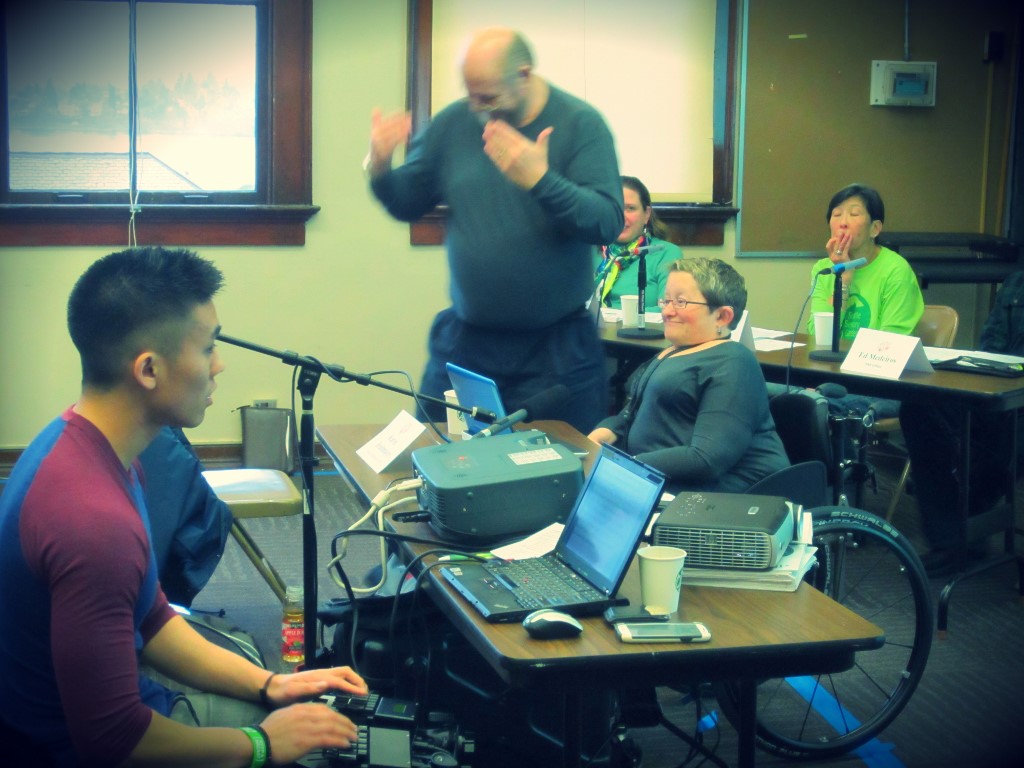1. PEA
Originally the word was “pease,” and it was singular. (“The Scottish or tufted Pease..is a good white Pease fit to be eaten.”) The sound on the end was reanalyzed as a plural ‘s’ marker, and at the end of the 17th Century people started talking about one “pea.” The older form lives on in the nursery rhyme “Pease-porridge hot, pease-porridge cold…”
2. CHERRY
The same thing happened to “cherise” or “cheris,” which came from Old French “cherise” and was reanalyzed as a plural. So the singular “cherry” was born.
3. APRON
“Apron” also came into English from Old French and was originally “napron” (“With hir napron feir..She wypid sofft hir eyen.”) But “a napron” was misheard often enough as “an apron” that by the 1600s the “n” was dropped.
4. UMPIRE
Umpire lost its ‘n’ from the same sort of confusion. It came to English from the Middle French “nonper,” meaning “without peer; peerless” (“Maked I not a louedaye bytwene god and mankynde, and chese a mayde to be nompere, to put the quarel at ende?”) A nompere or an ompere? The n-less form won out.
5. NEWT
The confusion about which word the ‘n’ belonged to could end up swinging the other way too. A newt was originally an “ewt” (“The carcases of snakes, ewts, and other serpents.”), but “an ewt” could easily be misheard as “a newt,” and in this case, the ‘n’ left the “an” and stuck to the the “newt.”
6. NICKNAME
The ‘n’ also traveled over from the “an” to stick to “nickname,” which was originally “ekename,” meaning “added name.”
7. ALLIGATOR
Alligator came to English from the Spanish explorers who first encountered “el lagarto” (lizard) in the New World. While the big lizards were for a time referred to as “lagartos,” the “el” accompanied often enough that it became an inseparable part of the English word.
All example quotes come from the Oxford English Dictionary.










